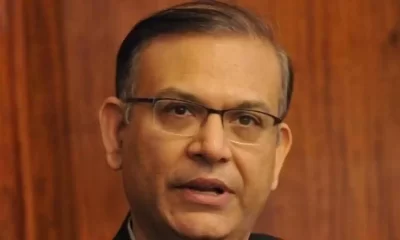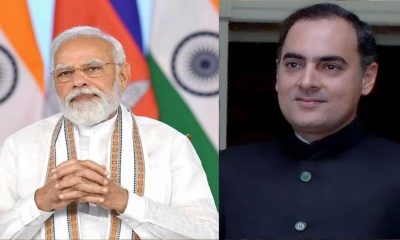India News
India pulled out over 27 crore out of poverty in a decade, halved poverty rate: UNDP
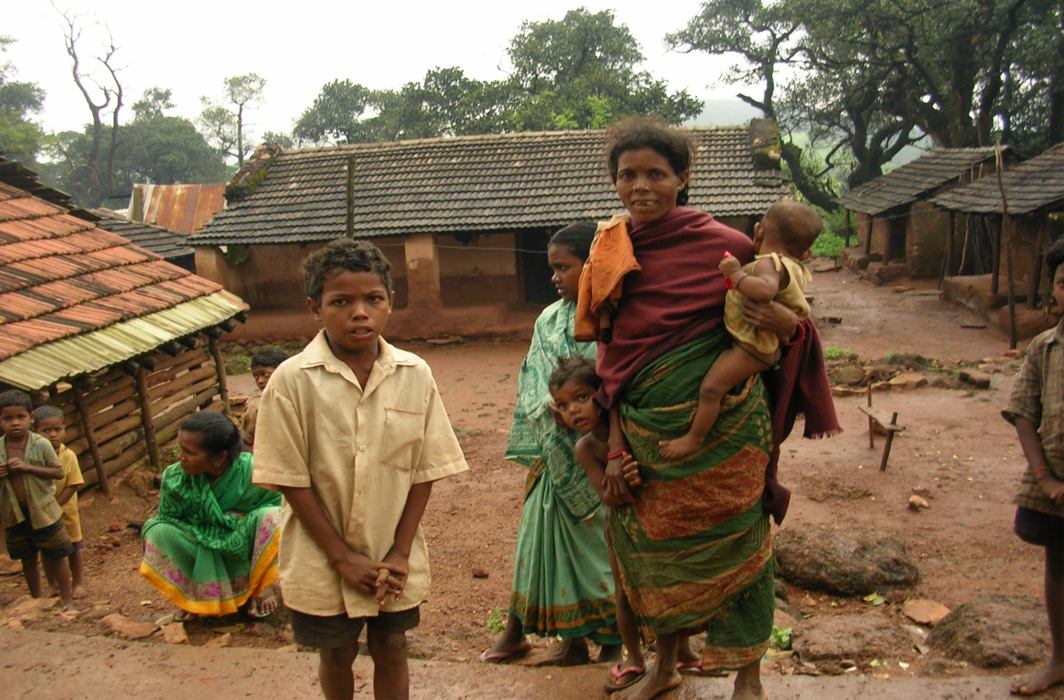
In one of the best news about India in several years, a UN report has said that India has halved its poverty rate from 55 per cent to 28 per cent in ten years.
The 2018 global Multidimensional Poverty Index (MPI) revealed that between 2005-06 and 2015-16, more than 271 million people have come out of the clutches of poverty in India.
Poverty reduction was fastest among children, the poorest states, scheduled tribes and Muslims.
The estimates were released by the UN Development Programme (UNDP) and the Oxford Poverty and Human Development Initiative (OPHI).
The report, however, stated that India still has the largest number of people living in multidimensional poverty in the world, pegging the figures around 364 million people.
The index evaluates poverty on three dimensions: health, education and living standards, with focus on access to clean water, sanitation, adequate nutrition and primary education. Those deprived in at least of a third of the index’s components are defined as “multidimensionally poor”. As many as 83% of the multidimensionally poor live in Sub-Saharan Africa and South Asia, the report said.
After India (364 million people), the countries with the largest number of people living in multi-dimensional poverty are Nigeria (97 million), Ethiopia (86 million), Pakistan (85 million), and Bangladesh (67 million).
The report also said India’s scale of poverty reduction has parallels with the phenomenal level of poverty reduction achieved in China a decade or so earlier.
“India’s scale of multidimensional poverty reduction over the decade from 2005/6 to 2015/16 – from 635 million poor persons to 364 million – brings to mind the speedy pace of China’s poverty reduction, which occurred over more than 20 years,” the report pointed out.
One of the striking findings is that 156 million out of 364 million people who are MPI poor in 2015/2016 are children.
The data noted that a change of global proportions occurred in India. Between 2005-06 and 2015-16, the number of multidimensionally poor people in India fell from 635 million to 364 million an historic shift.
Furthermore, in sharp contrast with the trend 1999 to 2006, when the poorest groups reduced multidimensional poverty the slowest, from 2005-06 to 2015-16 the poorest reduced MPI the fastest.
“That is, poverty reduction among children, the poorest states, scheduled tribes, and Muslims was fastest, indicating that, far from being left behind, they were catching up,” it said.
“India has made momentous progress in reducing multidimensional poverty. The incidence of multidimensional poverty was almost halved between 2005-06 and 2015-16, climbing down to 27.5 per cent,” it said.
It said that for the Scheduled Caste, the MPI fell from 0.338 in 2005-06 to 0.145 in 2015-16. For Other Backward Classes, the MPI fell from 0.291 in 2005-06 to 0.117 in 2015-16.
In the case of Muslims, the MPI fell from 0.331 in 2005-06 to 0.144 in 2015-16. For the Scheduled Tribes, the MPI fell from 0.447 in 2005-06 to 0.229 in 2015-16.
The data noted that the positive trend of pro-poor poverty reduction is seen also across religions and caste groups. In both cases, the poorest groups (Muslims and Scheduled Tribes) reduced poverty the most over the ten years from 2005-06 to 2015-16.
Yet these two groups still have the highest rates of poverty. For instance, while 80 per cent of those who identified themselves as being in a Scheduled Tribe had been poor in 2005-06, in 2015-16, 50 per cent of people belonging Scheduled Tribes are still poor.
Within India, 40.4 million people live in districts where more than 60 pe cent of people are poor 20.8 million live in the poorest districts in Bihar, 10.6 million in the poorest districts in Uttar Pradesh, and the remainder in the poorest districts in Chhattisgarh, Gujarat, Jharkhand, Madhya Pradesh and Odisha.
It noted that the landscape of the poorest has improved dramatically and, if current trends continue, is set to change.
The poorest groups across states, castes, religions, and ages had the biggest reductions in MPI 2005-06 to 2015-16, showing that they have been catching up, though they still experience much higher rates of poverty.
“This marks a dramatic reversal,” it said, adding that from 1998-99 to 2005-06 the opposite trend prevailed: India’s poorest groups had the slowest progress.
Among states, Jharkhand had the greatest improvement, with Arunachal Pradesh, Bihar, Chhattisgarh, and Nagaland only slightly behind. However, Bihar is still the poorest state in 2015/16, with more than half of its population in poverty.
In 2015/16, the four poorest states – Bihar, Jharkhand, Uttar Pradesh, and Madhya Pradesh – were still home to 196 million MPI poor people, or over half of all the MPI poor people in India. Delhi, Kerala and Goa have the lowest incidence of multidimensional poverty.
About 1.3 billion people live in multidimensional poverty globally, the report said. This is almost a quarter of the population of the 104 countries for which the 2018 MPI is calculated. Of these 1.3 billion, almost half – 46per cent – arethought to be living in severe poverty and are deprived in at least half of the dimensions covered in the MPI, it said.
The report observes that while there is much that needs to be done to tackle poverty globally, there are “promising signs that such poverty can be – and is being – tackled.”
“Although the level of poverty particularly in children is staggering so is the progress that can be made in tackling it. In India alone some 271 million have escaped multidimensional poverty in just ten years,” UNDP Administrator Achim Steiner said.
The global MPI is an internationally comparable measure of acute poverty for over 100 countries situated in developing regions. It complements global monetary poverty measures by capturing the simultaneous deprivations that each person experiences in ten indicators related to education, health and living standards. In 2018, five of the ten indicators have been revised.
The global MPI was first developed in 2010 by the UNDP and OPHI at the University of Oxford for the UNDP flagship publication Human Development Report.
2024 Lok Sabha Elections
BJP issues show-cause notice to MP Jayant Sinha for not voting in Lok Sabha Elections
Sinha has been accused of not paying attention to his organizational duties and did not participate in the election campaigning since Jaiswal’s candidacy was announced. His absence during elections in Hazaribag Lok Sabha seat on Monday has further intensified the situation in BJP.
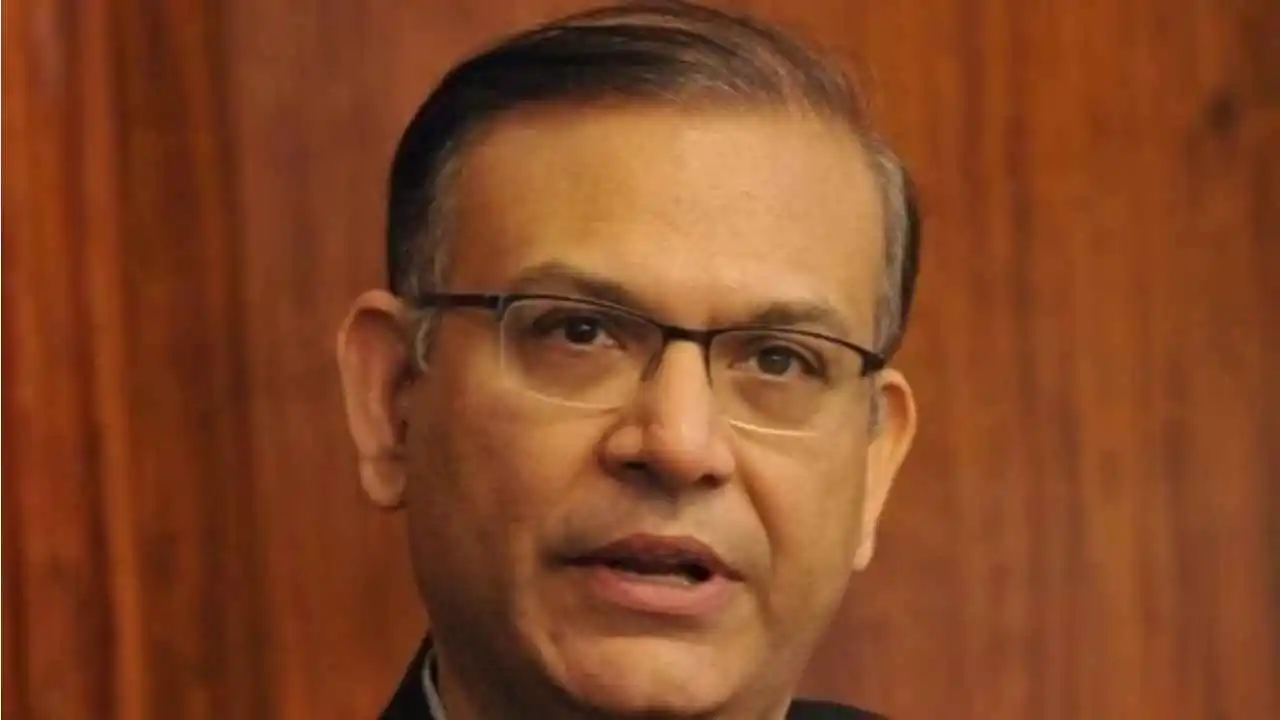
BJP on Monday issued a show cause notice to former Union Minister Jayant Sinha for not participating in the Lok Sabha elections after Manish Jaiswal was declared candidate from the Hazaribagh Lok Sabha seat and thereby maligning the party’s image. Jayant Sinha is the son of former union finance minister Yashwant Sinha and is the sitting MP of Hazaribag. Sinha did not participate in elections in Hazaribag Lok Sabha seat.
Sinha has been accused of not paying attention to his organizational duties and did not participate in the election campaigning since Jaiswal’s candidacy was announced. His absence during elections in Hazaribag Lok Sabha seat on Monday has further intensified the situation in BJP. The notice issued on Monday requires Sinha to provide an explanation within 2 days, as per instructions from state BJP president and former Jharkhand chief minister Babulal Marandi. Sahu said further actions will depend on Sinha’s response.
Attempts were made to reach him for his comments but Sinha remained unavailable and did not respond to calls and messages. Earlier Sinha took to X and expressed his desire to shift his focus towards combating global climatic change and highlighting his attention to continue working with economic and governance issues.
In the past Hazaribag has been represented by both Yashwant Sinha and his son Jayant Sinha and holds substantial political weight in Jharkhand. In the 2019 general elections Jayant Sinha was victorious by a margin of 4.79 lakh votes and defeated Congress’s Gopal Sahu. Jaiswal whose nomination sparked controversy had earlier contested elections from the Mandu assembly seat on a JVM ticket.
Earlier Jayant Sinha has served on India’s council of ministers from 2014 and 2019, and also as the minister of state for finance and minister of state of civil aviation. The BJP MP is also known for helping launch the UDAN regional connectivity scheme that increased the number of operational airports in India by 50% in 3 years.
India News
PM Modi pays tribute to former PM Rajiv Gandhi on his death anniversary
On May 21, 1991, Rajiv Gandhi was killed by a suicide bomber from the Liberation Tigers of Tamil Eelam (LTTE) during an election rally in Sriperumbudur, Tamil Nadu.
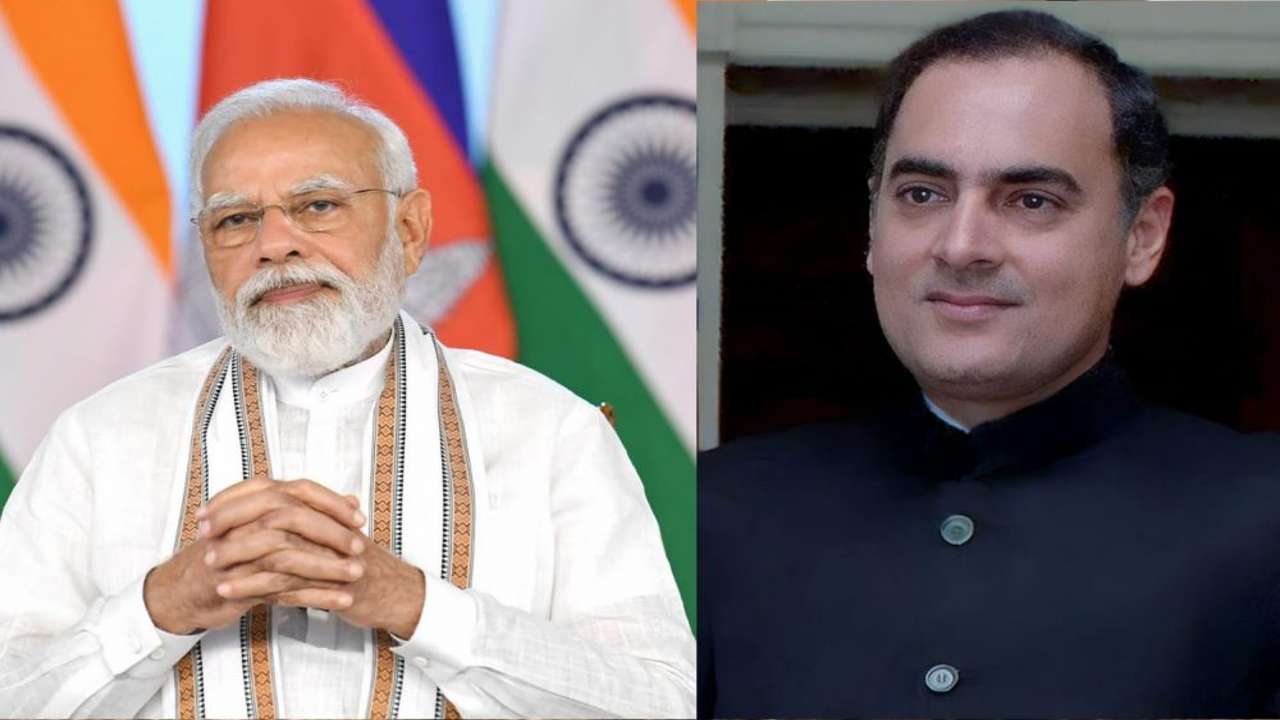
Prime Minister Narendra Modi on Tuesday paid tributes to the former Prime Minister Rajiv Gandhi on his 33rd death anniversary. Taking to social media X, formerly Twitter, PM Modi said, on his death anniversary, his tributes to our former PM Shri Rajiv Gandhi Ji.
Earlier in the day, Congress president Mallikarjun Kharge, Sonia Gandhi, and party MP Rahul Gandhi remembered the former prime minister at Delhi’s Veer Bhumi on his death anniversary. In the national capital, other Congress leader such as P Chidambaram and Sachin Pilot, also paid their tributes to the former prime minister.
Rahul Gandhi wrote a post in memory of his late father in which he referred to his father’s dreams as his own. Rahul also uploaded a picture of himself and his father from when they were younger, in which Rajiv Gandhi is seen keeping his hand on Rahul’s shoulders. Rahul stated in the post that his father’s dreams are his dreams, and his father’s aspirations are his responsibilities. His father’s memories, today and always, always remain in his heart, Rahul added.
On May 21, 1991, Rajiv Gandhi was killed by a suicide bomber from the Liberation Tigers of Tamil Eelam (LTTE) during an election rally in Sriperumbudur, Tamil Nadu. At Veer Bhumi, which is situated on the Yamuna River’s banks, he was cremated.
India observes National Anti-Terrorism Day on May 21st of each year to pay tribute to the former Prime Minister.
He was campaigning for his political party, the Congress, in Sriperumbudur, Tamil Nadu, when a lady from the Liberation of Tamil Tigers Eelam (LTTE) terrorist squad killed him in a suicide explosion in 1991. Following the death of his mother Indira Gandhi in 1984, Rajiv Gandhi assumed the role of India’s youngest prime minister. From 1984 to 1989, he served as the Prime Minister.
2024 Lok Sabha Elections
Voter turnout of 56.68% recorded till 5pm in 5th phase of Lok Sabha elections
Elections are being held in 49 constituencies across eight states and Union Territories in the fifth phase of Lok Sabha elections 2024.

A voter turnout of 56.68 % was recorded in phase 5 till 5 pm as per the Election Commission’s Voter Turnout App, with the highest voting percentage in West Bengal (73 %) and the lowest in Maharashtra (48.66 %). Lok Sabha elections are taking place in 49 constituencies across 8 states and Union Territories in the 5th phase of Lok Sabha elections 2024.
Voter turnout of 56.68% was recorded till 5pm. The breakup is as follows: J&K: 54.21%, Bihar: 52.35%, Ladakh: 67.15%, Jharkhand: 61.90%, Maharashtra: 48.66%, UP: 55.80%, Odisha: 60.55% and West Bengal: 73%. The fate of 4 Union ministers, including Rajnath Singh and Smriti Irani, as well as Congress leader Rahul Gandhi will be decided in the ongoing Lok Sabha election. Former UP CM Mayawati, BJP’s Rae Bareli candidate Dinesh Pratep Singh, Smriti Irani were among the early voters today who cast their vote in the morning.
The Lucknow East Lok Sabha seat will also hold a bypoll on the same day. The Lok Sabha seats which are participating in this phase include Rae Bareli, Mohanlalganj, Jalaun (SC), Amethi, Hamirpur, Jhansi, Banda, Kaushambi (SC), Fatehpur, Faizabad, Barabanki (SC), Gonda and Kaisarganj. The candidates also include and minister of state of consumer affairs Sadhvi Niranjan Jyoti (Fatehpur) and minister of state for housing and urban affairs Kaushal Kishor (Mohanlalganj). Rahul Gandhi is contesting from Rae Bareli Lok Sabha seat which was previously held by his mother and former Congress president Sonia Gandhi.
The total number of voters expected to cast their vote in this phase is over 2.68 crore voters, with 144 candidates looking for their support. 11 BJP incumbent Lok Sabha MPs are contesting in this phase, while nominating new candidates in Kaisarganj and Barabanki (SC) Lok Sabha seats.
-

 2024 Lok Sabha Elections24 hours ago
2024 Lok Sabha Elections24 hours agoBollywood steps out to vote
-

 India News20 hours ago
India News20 hours agoAAP leader Sanjay Singh accuses BJP of planning an attack on Delhi CM Arvind Kejriwal
-

 2024 Lok Sabha Elections21 hours ago
2024 Lok Sabha Elections21 hours ago36.73% voter turnout recorded till 1 pm in 5th phase of the Lok Sabha elections
-

 India News18 hours ago
India News18 hours agoMessages threatening Arvind Kejriwal appear on walls of Delhi metro station, inside trains, AAP blames BJP
-

 India News21 hours ago
India News21 hours agoIMD issues red alert for heavy rainfall in Kerala
-

 Entertainment19 hours ago
Entertainment19 hours agoYami Gautam, Aditya Dhar welcome baby boy Vedavid
-

 Entertainment18 hours ago
Entertainment18 hours agoJacqueline Fernandez stuns in custom sequin gown at Cannes 2024
-

 India News23 hours ago
India News23 hours agoEarthquake of 4 magnitude hits Ladakh






